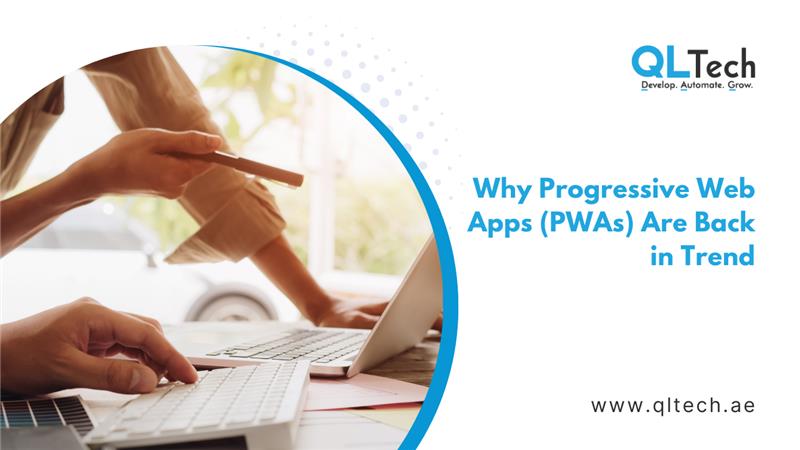IT operations are getting smarter with AI-driven monitoring tools that predict outages, optimise performance, and slash downtime.

-
Here are the top AI-powered IT Ops tools for automated monitoring:
- 1. Dynatrace
- 2. Splunk IT Service Intelligence (ITSI)
- 3. Datadog
- 4. New Relic AI Engine
- 5. PagerDuty Operations Cloud
AI Engine: Davis AI (causal AI), Key Feature include automatic root-cause analysis with 99.9% accuracy.
AI Engine has machine Learning & Anomaly Detection. Key Features include Predictive alerts before outages happen.
AI Engine: Watchdog (ML-based anomaly detection)
Key Feature: Automated log correlation & incident forecasting.
has Applied Intelligence with Key Features like self-healing recommendations for performance issues.
Equipped with machine learning for Incident Response and its Key Features include smart alert grouping & automated escalation.
The Future?
Autonomous AI agents will soon self-heal IT systems with zero human input.
Which tool fits your IT needs? Let us know in the comments!
👇 #AIOps #ITAutomation #TechTrends2024


